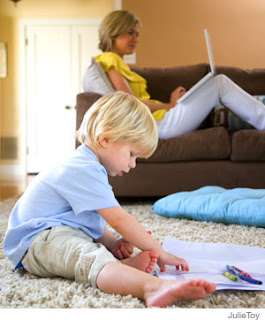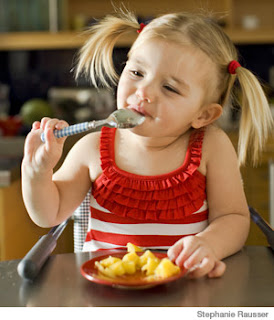
Not liking how your child's turning out or regretting what you gave up? Here's why you shouldn't kick yourself
Since my son Zander was born 11 years ago, I've talked to countless moms about the myriad ways kids have altered our lives. Most of the time, we agree, motherhood is pretty wonderful -- yet, truth be told, taking care of kids can get even the best of us down. What the experts don't tell you, and what other moms are sometimes loath to admit, is that there are a few dirty little secrets involved in child rearing. In the interest of full disclosure, I've listed some of the very dirtiest -- and how to come clean with them so that they lose their power.
If you have more than one child, you'll probably have a favorite.
"I'm blown away by how adorable one of my kids is these days," I recently confessed to my friends Jenn and Kate. They smiled -- they're both moms of two -- so I went for broke. "The other one, however, is a total pain," I said. "Everything he does drives me nuts, and I can't wait to get away from him."
From the looks of horror on their faces, you'd think I'd just copped to infanticide. Jenn and Kate swore up and down that they loved their kids equally, and that even if one did happen to be a tiny bit cuter or more endearing once in a while, they'd never let their preferences show. Sure, they remembered how the first kid suddenly seemed gigantic and uncouth when they brought home the newborn sibling, and they even recalled the flashes of protective rage they'd felt when Thing One "accidentally" hugged Thing Two a little too hard, or worse. But this was normal -- all the books said so. Feeling a preference once the helpless-infant stage had passed? That seemed taboo.
Coming clean. Imagine you have two husbands. One sits in his underpants all day, scratching himself and drinking beer in front of the television. The other one brings you flowers, tells you you're beautiful and fascinating, and hangs on your every word. Which one would you want to sleep with?
Okay, it's not a perfect analogy, but you get my point. "I think it's crazy when moms don't admit they have favorites," says Beth Resweber, a mom of four who lives in Swarthmore, Pennsylvania. "But it changes. At any given time, one of your kids is going to be stuck in some behavioral rut. My most colicky baby, who cried nonstop and needed tons more attention, now sets his own alarm, gets ready, and does homework more efficiently than anyone else. In the end, it all evens out."
Remember, family dynamics are meant to be plastic, and acknowledging that sometimes you simply mesh better with one kid than another can help you understand and tolerate the times your kids' own allegiances shift. "In any case, feeling fonder of one kid is always temporary," Resweber says. "My love for all of them is bottomless." And the silver lining? Going through a rough patch when you're not in sync with one of them can make the inevitable reunion with that child that much sweeter.










 Enter the 2009 Costume Contest!
Enter the 2009 Costume Contest!






























